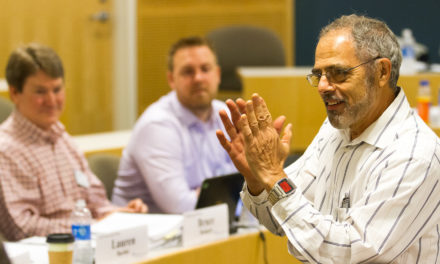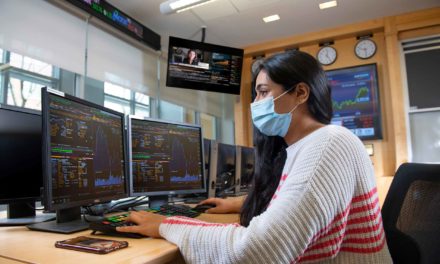Smeal MBA students develop go-to-market strategy for global leader in renewable energy
By Jeff Rice
The coursework he did this past spring convinced Penn State Smeal MBA student Bitrus Baba that clean energy is the wave of the future — and that wave is quickly breaking into the present.
“You find that everyone’s moving toward renewable energy and phasing out fossil fuels,” Baba said. “It’s to assure that we’re not harming the planet, and that we’re maximizing the resources we have so that future generations will have enough.”
As part of Penn State Smeal’s Applied Professional Experience (APEX) course, Baba and five other MBA students researched and created a go-tomarket strategy for Lightsource bp, a global leader in the development and management of solar energy products, on a specific type of clean energy — green hydrogen. Over the course of seven weeks, the students — Baba, Payal Behl, Parth Khanduri, Tiffany Patel, and Alexis Zawelensky — worked as a team to provide the company with a plan on how and where in the United States to best market green hydrogen. In the process, they gained valuable experience and received regular feedback from both Lightsource bp and their course instructor, assistant teaching professor David Lenze, the director of the APEX program.
“I found it interesting that we were creating a go-to-market strategy for Lightsource bp without actually being employees of Lightsource bp,” Zawelensky said. “It’s pretty remarkable that we were given free rein to make a strategic and intellectual recommendation and be able to run with the research. It was an awesome opportunity to have.”
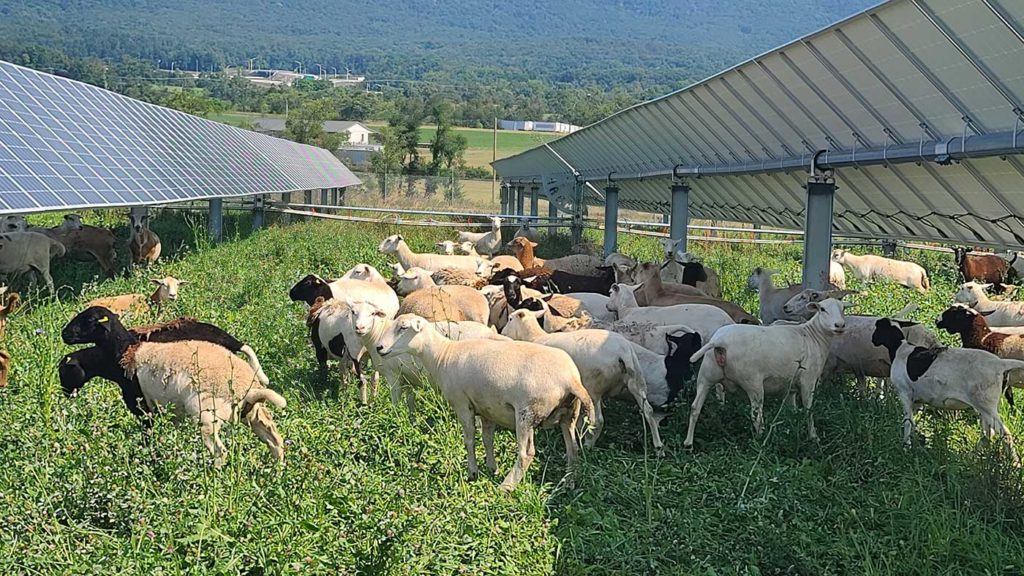
Emilie Wangerman, senior vice president for Lightsource bp, connected with Lenze and his students through Penn State’s Sustainable Communities Collaborative, an outreach of the Sustainability Institute, continuing a partnership that, thanks to a power purchase agreement in 2019, also sees 25 percent of the University powered by clean energy. Part of that partnership was finding future educational opportunities between Lightsource bp and Penn State, and the APEX program fit that bill.
“We want to give students this experience, the sense of the power they have to make change, to make this a better world,” said Ilona Ballreich, education program specialist for the Sustainability Institute. “But then our goal for our partners is for them to have the information to make better decisions.”
At the outset of the semester, the students reached out to Bruce Logan, the associate director of the Institutes of Energy and the Environment at Penn State and Evan Pugh University Professor and Kappe Professor of Environmental Engineering, to learn more about green hydrogen — hydrogen that is created using electrolysis driven by renewable electricity — and where it might fit into the American marketplace. He gave them a general overview of how it is produced and how it is and may be applied.
The MBA team then began to break down the research in terms of geography, categorizing the 50 states into “green,” “yellow,” or “red,” based on the likelihood they would be able to support the production of green hydrogen, and then weighing factors such as regulations, which states offered incentives for renewable energy, which had the potential for alternative storage, where the electricity costs would be highest, and other criteria.
“It’s a good project for the MBAs, because it’s very analytical,” Lenze said. “It’s about figuring what’s important and not important and using analytical tools to evaluate the situation and say, given all of this information, so what? What does it mean? What should we do? What are the implications?”
The students met with Wangerman and members of her team on Friday afternoons throughout the semester, presenting some of their findings and maintaining clear expectations for the project.
“She was great at holding people accountable and then also being kind enough to keep people engaged,” Patel said.
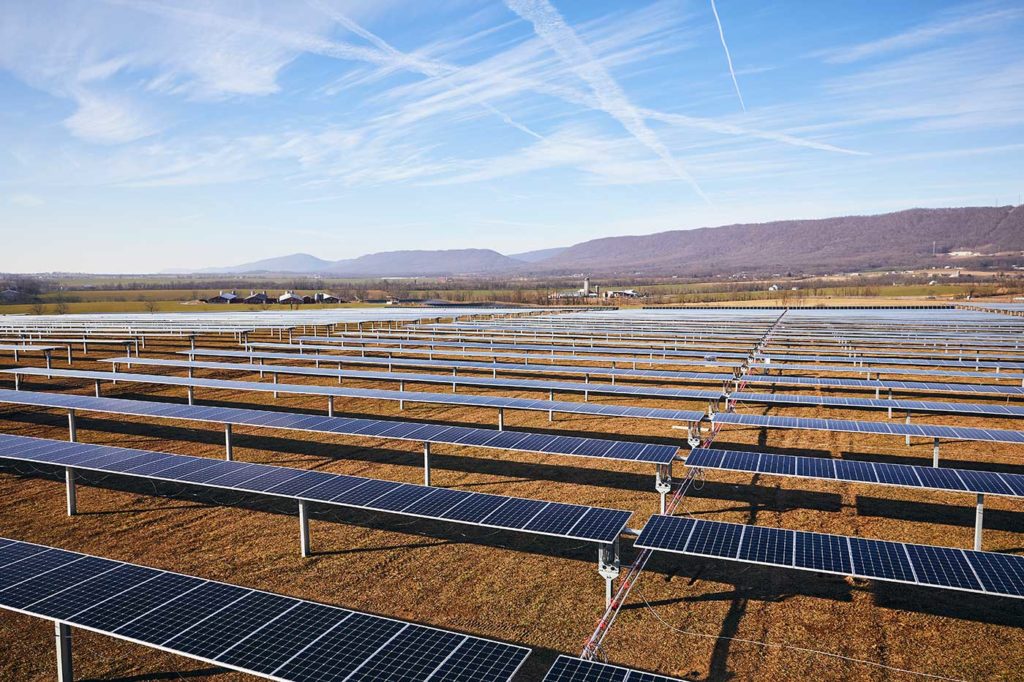
Wangerman treated the students as consultants who could provide fresh perspectives, but also as potential future hires.
“My team has a lot going on, and sometimes it’s hard to do this big strategic thinking. It was nice to have a team of MBA students come together, do a true business case, a go-to-market strategy, and say, ‘Here’s where we think you should be going,’” Wangerman said. “It’s not that we hadn’t thought about it, but it was nice to have an unbiased party give an analysis that was able to validate our positions or at least help us understand and evaluate our own strategy.”
The students overcame the challenges of a tight timeline, balancing the work with their responsibilities in other courses, and having one of the team members briefly sidelined after contracting the COVID-19 virus. There was also the usual give-and-take that comes from working as part of a team.
“I thought it was a growth opportunity for me because you’re working with all these different personalities,” Baba said. “You agree sometimes, you have arguments, but that’s pretty much how real life works.”
The course gave the students a chance to diversify their individual areas of interest. Patel, for example, had plenty of previous consulting experience in emerging markets, but not in energy. Baba had previous experience working with oil and gas production companies but not in renewable energy. By the end of the term, they were proud of the work they had done and had become believers in the kind of energy they had researched.
“If you’re really looking to create systemic, long-range change, then green hydrogen is the future,” Patel said. “If you can get that marketed appropriately, and get people to know it, then I feel like the money and the dollars will follow, and the innovation necessary to make it more affordable will take place.”
The MBA students, who have all since graduated, enter the workforce with additional confidence and practical experience. “I was working with a client,” said Baba, who is now a full-time partner development manager at Microsoft.
“I was working with a team. It wasn’t just some class exercise.”
The students will also be watching to see how the market for renewable energies continues to evolve and how the company they worked with fits in.
“I’m excited to follow Lightsource bp and see the decisions they make moving forward and if the recommendations we made are utilized,” Zawelensky said.

Prepared to Make an Impact
Here is a glimpse at how Smeal prepared students to make an immediate impact in the real world this past year:

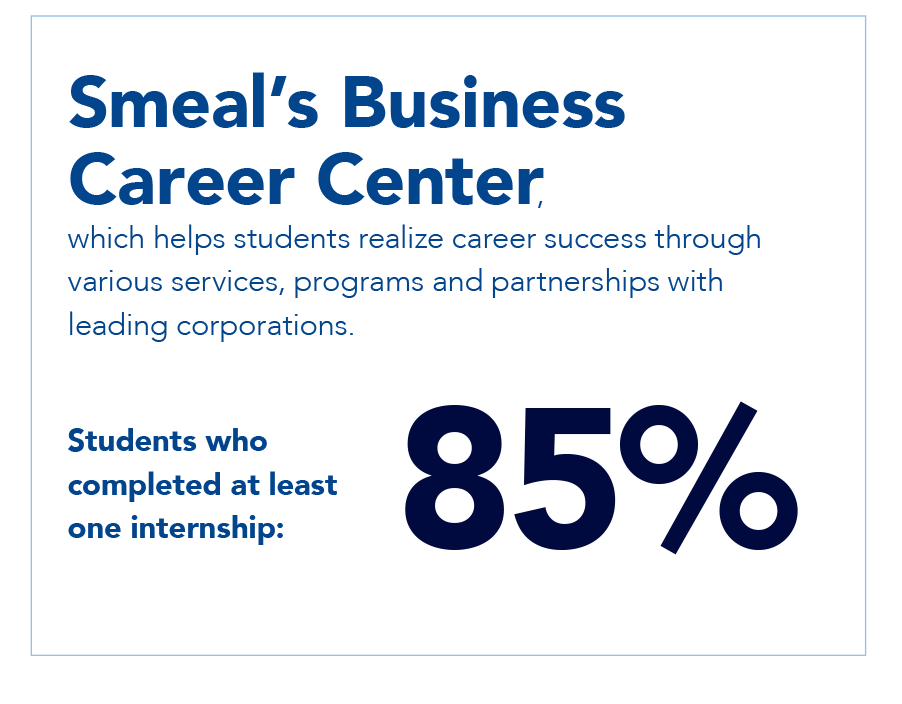
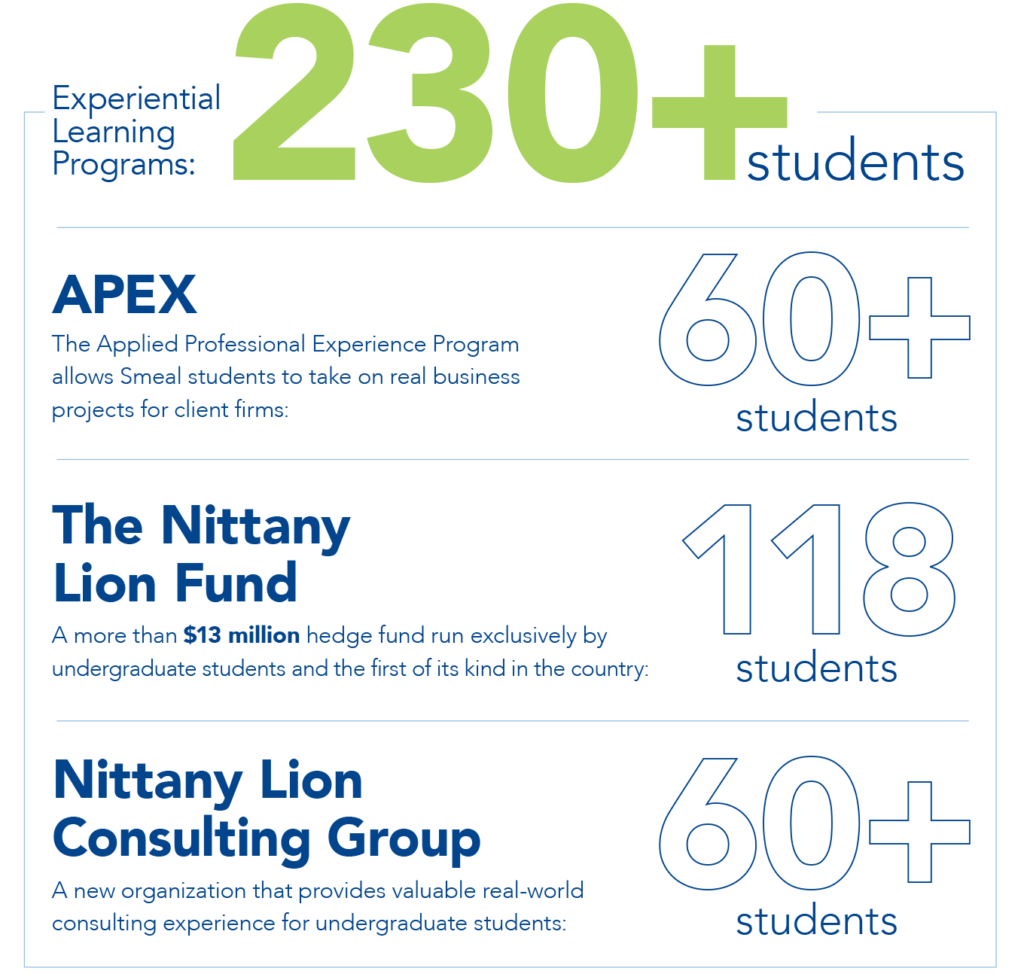

More About Lightsource bp and Penn State’s Partnership
BRINGING REAL-WORLD EXPERIENCE TO THE CLASSROOM – Lightsource bp, July 24, 2020
PENN STATE POWERED BY THE SUN – Lightsource bp, Solar Project
PENN STATE & LIGHTSOURCE BP AWARDED APPA 2020 SUSTAINABILITY INNOVATION AWARD – Lightsource bp, March 31, 2021
Photos Courtesy Lightsource bp


